My Final Project: Recite
Recite
The world we are living in is in a constant shaking stage, under the gloom of the extreme vulnerability, the glimpse of hope may serve a moment of ease. Recite is an interactive artwork inviting the spectator to make a wish by throwing the Poe, when the Poes land on the correct sides, your wish will be printed out. Visitors can control the image on the floor through the Poe to have a moment of enjoyment and fun with the Poe. Through sending condolence to the sufferers, may them rest in peace.
The texts are directly from books including Quran Surah Ya-Sin - 36, Chikhai bardo, The Great Compassion Mantra, and The Bhagavad Gita - Chapter 2, the specific books and chapters are relating the mourning the death. Additionally, a few excerpts from Bible (NKJV) and Hebrew Bible.
Starting Point
The starting point of the project is to reflect the act of the interaction, by going through many different approach, two artworks came to mind; Shapeshifters (detail) / Muodonmuuttajat (yksityiskohta), 2023, by Mariam Falaileh, and I Magma, 2019 by Jenna Sutela. Both of the artwork used “fortuneteller” as the interactive elements, which intrigued me deeply considering my culture. From this perspective, the core idea of making a wish/wishing trees became the fundamental interaction to the project.
Taiwan is a relatively superstitious country, we use Poe to communicate with gods of deceased ones. The process is: Ask a closed question, then throw the Poe. Poe divination results in three answering positions. If the Poes have one flat side up, and the other one curved side down (sheng jiao), it means you have reached a first step of agreement with deity or the deceased ones, to complete the negotiation, you must receive three sheng jiao in a roll. When both flat side up(xiao jiao), it represents you have amused them with your requests or questions; if both curved sides facing down(yin jiao), it means they, deity or the deceased one disagree and decline.
Sensors
Recite contains two accelerator sensors RP nano 2040 and a thermal printer. The user can activate the printer by throwing the sensore/Poes, and some playful visual can be controlled through the sensor by defining the coordinates x, y ; left, right, up, down, and brightness, the coordinate Z axis activates and deactivates the visuals. The printer can only print out 4 different types of wishes: NO WAR, PEACE, no war, peace. The additional details of the printing is each print will also take a snapshot of the sensors drive image alongside with the text. Thanks to the exsiting software called Foldermill, it made the printer extremely easy to control. Touchdesigner export one image after the sensor being activated, then the image was sent to a Hotfolder to be printed out.
The wall content was driven by sound which controls the speed of the text, speed of the video, as well as some digital elements were built by using CHOP and SOP. I tried out few different versions of the visual expression, to seek the balance between what my head was picturing, and what can be exhibited under the limited resources and space. There was many struggles during the creative process as it was somewhat difficult to find the most fitting visual expression and to create the visual identity which represent personal art practices. At the last step, I added a few “filming” elements to harmonize the harsh typing text imagery, which also served as a personal experiment with the new medium - New Media.
 Picture 1, two test versions of the wall content
Picture 1, two test versions of the wall content
Examples of different versions
Final version
Outcome
The process has helped me tremendously to develop further with Touchdesigner. Previously my touchdesigner level remained in “playing” and “experimenting without understanding what it really does”. Through the project, I am fairly familiar with the basic of CHOP, and became aware of DAT. Computational art and design course also expanded the understanding of the logics behind Touchdesigner, despite I did not “code”, but the coding knowledge was extremely vital during the process in working with TD. Overall, I am very pleased with the improvement of TD knowledge and skill through the project.

 Picture 2 & 3, SC of TD patches
Picture 2 & 3, SC of TD patches

